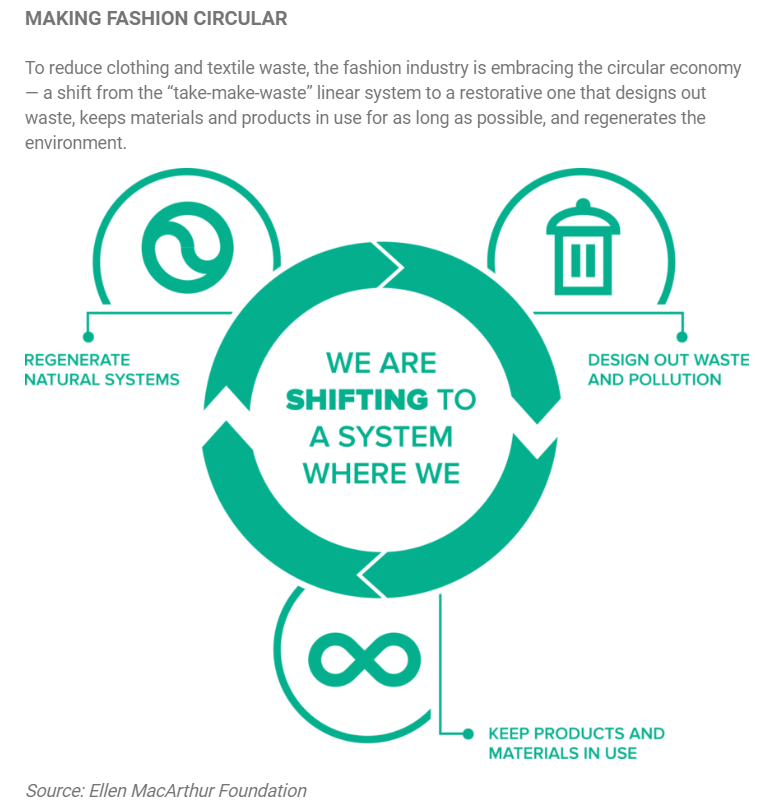
The visual face of your website serves as so much more than a pure introductory appearance. The images should provide viewers with a robust, compelling, and beautifully engaging experience that draws them in. The more interested your visitors, the more likely they will be to linger on your site, click around, and ultimately convert. When it comes to content marketing, visual content reigns supreme. Considering today’s most popular social media platforms like Facebook and Instagram, people are driven by visual interest. Visual content is aesthetically pleasing or images that tell a story to add a splash of intrigue that increases the efficiency of any marketing strategy. If you’re looking to positively impact your performance metrics and transform engagement into conversion, it may be time to invest in your visual content. The state of the current marketing sphere is a mad-dash to stay relevant. Inundated with constantly changing trends and strategies may make it difficult to stay at the cutting edge, but if there’s one thing that continues to stay true it’s that content is king. Should you hope to stay relevant to the times and your target audience’s needs, perfect your visual content marketing strategy. Curious to know how visual content can improve your conversion rates? We’re here to break it down for you. Visual content is online marketing content that’s primarily image-based and designed to convey valuable information to viewers. The ultimate goal of effective visual content is to attract visitors and convert them into customers. Common forms of visual content include: According to PR Daily, visual content gets viewed 94% times more than text-only content. In order to take advantage of consumers’ interest in images, you need to have a robust visual marketing strategy in place. On a scientific level, the human brain processes images exponentially faster than it can process texts. Additionally, the ways in which we react to images versus text couldn’t be more disparate. A photo of a person smiling yields a completely different emotional reaction than simply reading the word “smile”. Therein lies the importance of visual content marketing. You want that emotional investment and you want to capitalize on people’s attraction to visuals. Think of it this way; when people visit a website for the first time, the first impression is made within the first 50 milliseconds, and that first impression is entirely based on visuals. With such a short amount of time to impress, your visuals need to be captivating. Though visual content and writing are both justifiably lumped together into the category of content marketing, the two are essential pieces to any marketing strategy. However, the case can be made that visual content is far more effective for conversion than content writing despite content writing being the traditionally favored option. Visual content is superior to content writing for two straightforward reasons: In order to capitalize on both visual and text fronts, consider integrating both into your site’s structure. Check out these clever blogs that nail that dynamic duo: Saying more with less is the same as showing without telling. Rather than describing things and concepts to your readers, employ visuals that express information and emotion in more creative ways. You don’t want to bore your audience with a highly-informative, text-heavy piece, rather you want them to experience your story and pique their interest. When presented with a visual story, your audience can better imagine themselves using your product or services — an essential first-step into the buyer’s journey. When it comes to persuasive content, few are more effective than social media. Amidst the ever-evolving landscape of the digital age, one thing has remained true over the course of the past decade: social media’s pervasive influence. Be it other consumers talking about your product or service, or building your brand via Instagram or Twitter profile, social media has become a pivotal marketing strategy across all industries and verticals. In website redesign plan, be sure to include elements or plug-ins that play to your strengths on social media. Whether it’s YouTube customer testimonials or Instagram photo reviews, taking advantage of and increasing your social media presence is an excellent way to improve conversion rates. They say that a picture is worth a thousand words, so a video could very well be worth over a thousand sales. Product videos are far more digestible and user-friendly than text and plain images as they demonstrate how to use your product or services. In fact, 73% of American adults are more likely to purchase a product or service after watching a video that explains and demonstrates its use. Videos are captivating, entertaining, and incredibly informative when utilized properly. According to EyeWideDigital, having a video on your landing page can increase your conversion rate by 80%. Tapping into the power of motion picture may be the difference in conversion you’re after, but do note that videos only generate converting leads if they are used well. Beyond addressing what customers want to see and know, consider the following questions before creating your product video: With these questions at the forefront of your mind during the ideation process, you’ll be able to masterfully piece together an effective product video. Visual content is anything but a secret marketing tactic, but the ways in which you ideate, create, and execute can set you apart from the rest of your industry.What is Visual Content?
Why is Visual Content Marketing Important?
How is Visual Content Better than Content Writing?
How to Use Visual Content to Improve Conversions in 3 Steps
Step #1: Say more with less
Step #2: Integrate your social media
Step #3: Experiment with video
Wrapping up












